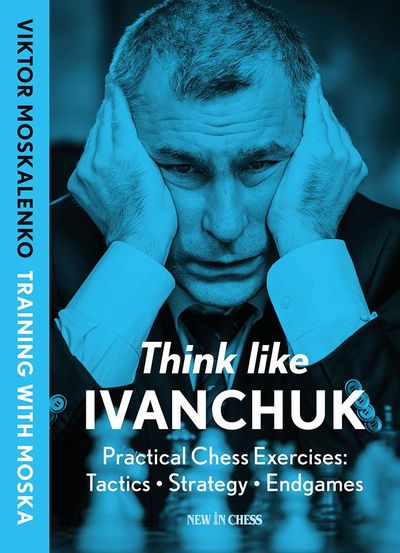In my first volume of the Anti-Sicilians, we will be examining the Rossolimo variation. The Sveshnikov and Classical Sicilians, where Black begins with 2…Nc6, have consistently been a popular way for Black to acquire counter-attacking chances straight from the opening. These openings are the favourites of many toplevel Grandmasters; none more so than Magnus Carlsen, who most famously fashioned the Sveshnikov Sicilian against Fabiano Caruana in the 2018 World Championship match.
The Rossolimo variation with 3.Bb5 is the clearest indication that we are attempting to frustrate Black’s counterplay. By delaying opening the centre, we can simply wait for Black to show us how he intends to continue before we make any big commitments. Most importantly, we have the positional threat of Bxc6, which Black has to be wary of if he himself tries to open the centre too quickly. In nearly all variations our principal aim is to achieve rapid development, ensuring optimal conditions for a timely central break. In the main three systems (3…d6, 3…e6 and 3…g6), my multiple suggestions are based on the dual concepts of playing as actively as possible, whilst simultaneously frustrating Black’s ideals. Our repertoire against 3…d6 emphasizes our ability to consistently interfere with Black’s co-ordination. We’ll immediately break open the centre with 6.c3 and 7.d4, before attempting to create endless practical difficulties in the mainline with an e5-e6 push. It’s important to pay attention to the continuous theme of both pawn and exchange sacrifices, where piece quality is often prioritised over piece quantity. As usual, the various lines continuously offer ‘safer alternatives’ – which are by no
means worse, but instead offer the opportunity to take the game in a different direction.
Against 3…e6, I offer two alternatives: either playing critically with 4.0-0 and 5.d4, or frustrating Black’s development with 4.0-0 and 5.Re1. The first option will result in positions similar to Open Sicilians, except that Black has a slightly inferior knight on g6, as opposed to f6. The latter aims for optimal piece placement which will make it difficult for Black to open the centre – whereas we are ideally positioned to break with c2-c3 and d2-d4.
3…g6 is arguably the most critical line against the Rossolimo. As usual, I analysed two distinct options – either capturing on c6 immediately, or playing 4.0-0 and 5.c3 with the aim of occupying the centre. In both lines, we’ll often encounter themes revolving around Black’s weakened dark-squares, as well as attempts to suppress Black’s g7-bishop with a strong e5-pawn. You will quickly realise that a combination of our own dynamic piece play, alongside attempting to create endless practical difficulties for our opponent, are at the heart of every variation we discuss. I’d like to thank Daniël Vanheirzeele and Romain Edouard for the opportunity to write this series; Daniel Fernandez for finding the time to continuously critique and edit my analysis; and above all my parents, for their endless support throughout my chess journey.
Ravi Haria
London, November 2020
 Excerpt
Excerpt


